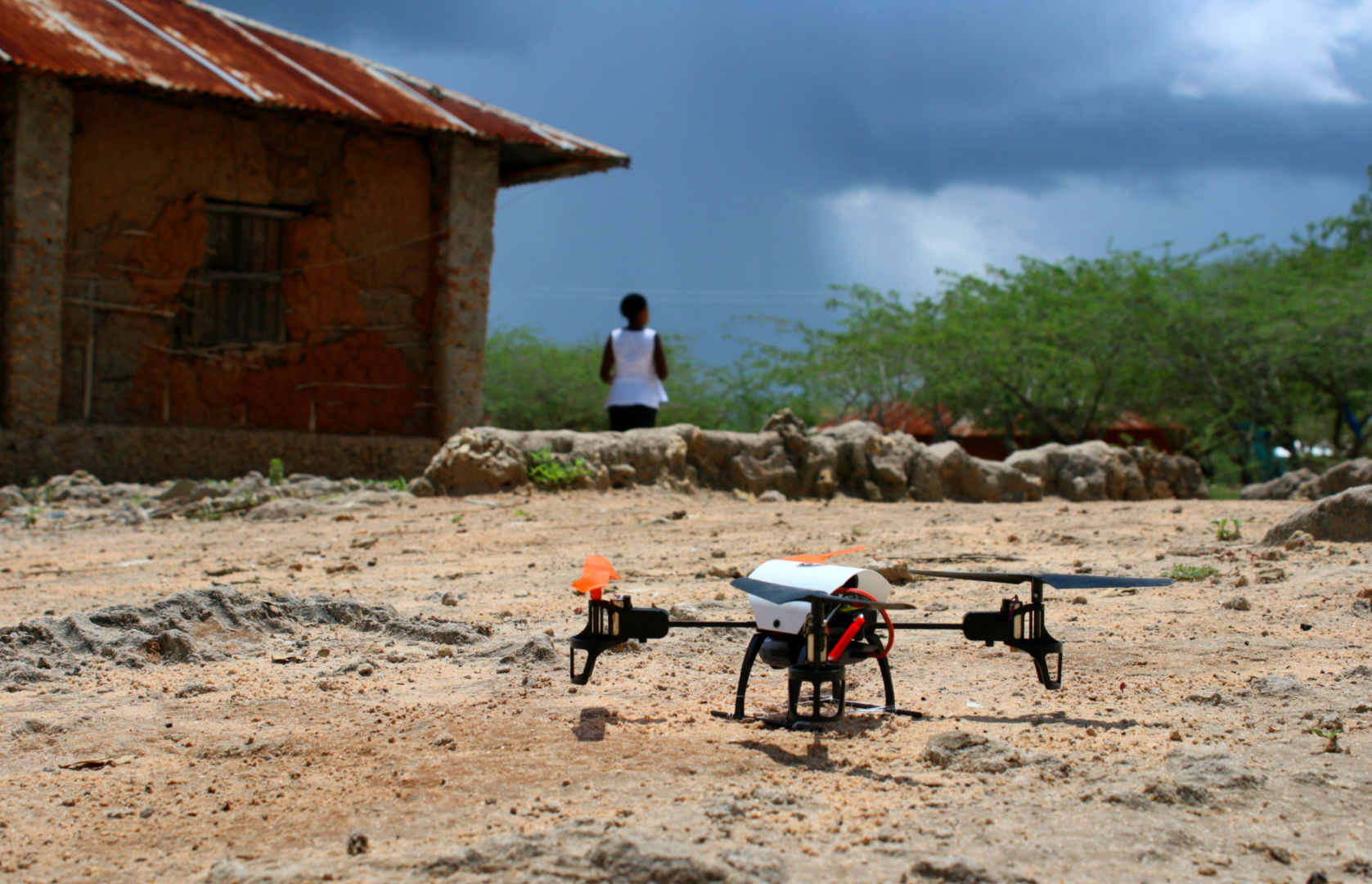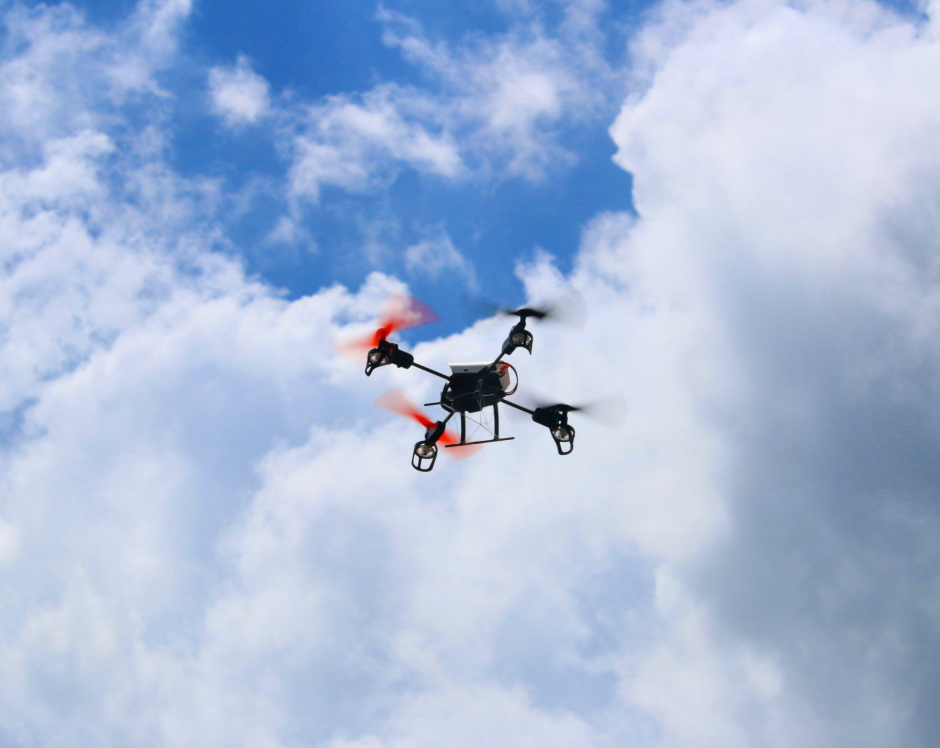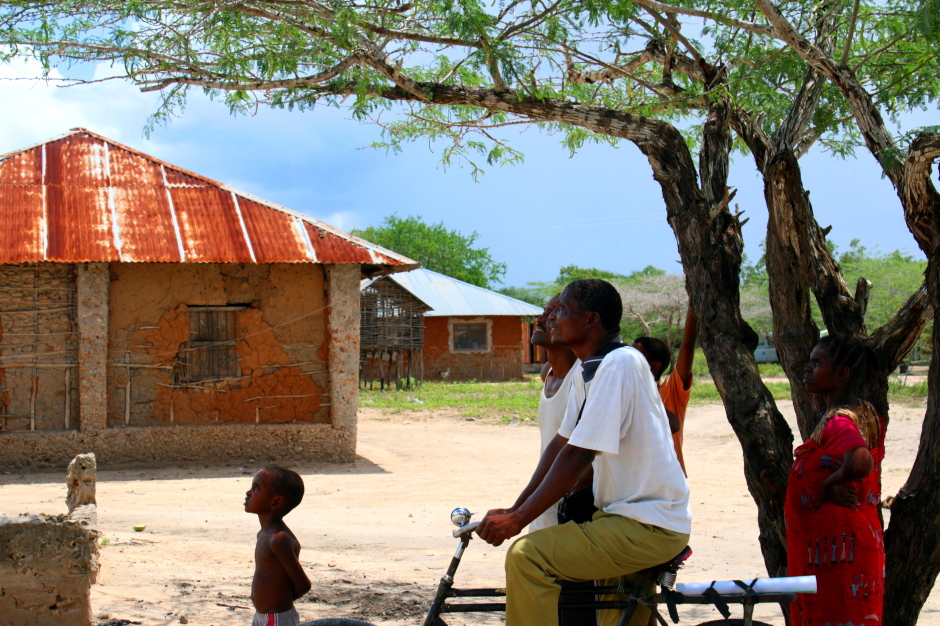Writings on the subject of practical unmanned aerial system (UAS) applications in the humanitarian field have exploded in recent years, but actual, real-world applications have lagged far behind in large part because of unanswered questions about their use. What the field of humanitarian aerospace needs is an abundance of field active deployments or pilot projects to navigate the potential promise and pitfalls of this technology as well as to absorb knowledge about how such programs could operate in the future.
A long-time advocate of humanitarian drones, the Sentinel Project has embarked on just such an initiative in Kenya’s violence-prone Tana Delta. The aim of the system is to supplement our existing security building efforts in the region in order to prevent new clashes. With one system already being field tested and two even more complex aerial systems being brought online we hope to demonstrate the value of such a program.
The program consists of a opinion survey conducted early in the year and an ongoing series of on-site demonstrations, discussions and feedback from Tana Delta residents. The results so far have been wildly positive and sometimes strikingly different from what is often encountered in public opinion or government approaches to UAS elsewhere.
Common public opinion concerns in places like Europe and North America relate to the invasion of privacy, misuse by government or law enforcement, a related concern about an overbearing security state, and fears of an aviation disaster.
Concerns found among residents of the Tana Delta revolve around practical issues such as whether the UAS-mounted camera would be powerful enough to be useful, how far such systems can operate, whether they are hampered by weather, how quickly a drone can be deployed in an emergency, and who will be in physical possession of the system.
This highlights a gulf between both those who see drones as an abstract concept versus those who could directly benefit from their use, as well as the theoretical concerns which appear in academic research versus the actual concerns voiced by those affected by issues which humanitarian aerospace may help alleviate.
An adversarial position is easily detected in public opinion and governmental approaches to UAS; from the civilian perspective, this is easily understood since the drone concept has largely been linked to armed military versions. Governments too may sense that inexpensive civilian drone use might encroach upon or otherwise challenge domains (such as aerial surveillance) which have been within its purview. Though caution is often cited as a reason for slow or burdensome developments on the subject, caution has very often verged on obstruction. While there are absolutely legitimate concerns as indicated above, most concerns fail to explain how drones pose a new challenge to issues which already have clear legal precedents. For example, before the proliferation of consumer drones it was already illegal to fly a remote-controlled hobby aircraft too close to an airport and the issue of altitude and air traffic requirements already have legal standards set by amateur and academic weather balloon launches. Police forces gathering data by drone without a warrant (when one is required to gather such data) are already in serious contravention of the law and they would not be permitted to do anything with an unmanned aerial system that they could not do with one carrying a human. Regarding privacy, most people go about their day completely undisturbed by the massive number of interior and exterior security cameras which keep watch over an enormous amount of commercial, residential, industrial and governmental property.
The approach of residents of the Tana Delta to this technology is far different. For the most part, they are genuinely curious, have a plethora of questions about the implementation of UAS in their communities, and are enthusiastic about the many possibilities. This genuine technological optimism makes the Tana Delta a likely site for one of the first programs of its kind.
The Sentinel Project is conducting its UAS operations with the policy of “progress through caution,” which seeks to engage communities within the proposed deployment area while offering complete transparency and involvement but always emphasizing exposure to (and demonstration of) systems in the field with the people who have the potential to benefit from these initiatives. This approach has been extremely well received and has already resulted in improvements to implementation.
The approach also counteracts the paralysis which arises from the unknowns of a new endeavour when studied in a purely academic setting. The Sentinel Project team believes that a cautious but active strategy of real-world deployments will best demonstrate the value of such programs to governments and global citizens.



